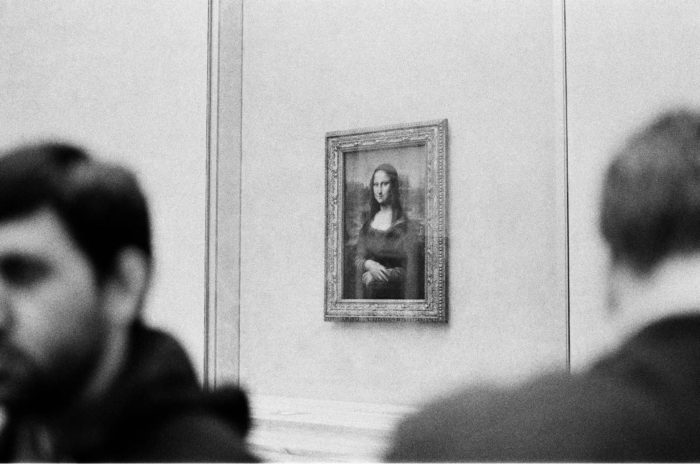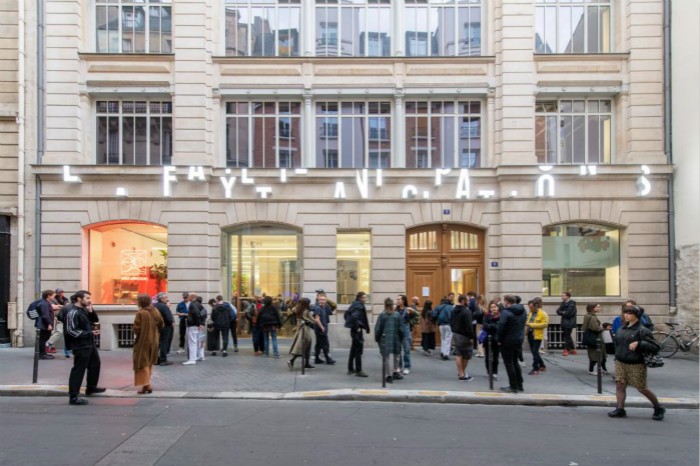If you have been to any museum in France, you might be impressed by the low ticket price and the youth benefits. How has this magnificent cultural industry become such an indispensable part of the country?
Let’s take The Louvre as an example again. According to the research, The Louvre Museum in Paris, France, can drive consumption as high as 600 million to 1 billion euros a year and bring indirect income of 391 million euros. The Louvre can bring such considerable income to Paris because of its various business models, that is, income from museum tickets, venue rental, corporate investment, overseas licensing, sponsorship seeking, and brand building. This business model follows the idea of developing business operations based on art.
Venue rental fees and sponsorship fees are the second largest source of funding for the Louvre. The sponsorship is mainly divided into three forms: corporate sponsorship, foundation sponsorship and individual sponsorship. The Louvre has good cooperative relations with enterprises – some well-known companies often provide sponsorship to the Louvre. These companies cover a wide range of businesses, involving fashion, luxury goods and other industries. Sponsoring companies often use the reputation of the Louvre to get rewards, such as raising company awareness through events; enjoying tax breaks; organizing company employees and their customers to visit the museum collectively. Of course, the Louvre also has its own rules. Sponsoring companies cannot go beyond the “bottom line”. For example, the activities held cannot actually involve the promotion of specific products and services, and must not affect public visits. In most cases, activities can only be arranged during the closing period. Under the situation of temporary occupation, the Louvre will promptly notify the public through announcements. In addition, the Louvre will publicize all the sponsorship fees and ensure that the funds are used exclusively, thereby enhancing the transparency of the use of funds.
For example, the Louvre once rented out space for the film « The Da Vinci Code, » based on the best-selling novel, and made 2,53 million dollars in rent alone. Not to mention that after the film was released, fans who came to visit set a new record for the number of visitors to the Louvre.

Derivatives revenue at the Louvre is also not to be underestimated. As the reputation of the Louvre continues to increase, its related products continue to emerge, including postcards, books, audio-visual products and other publications in different languages and various souvenirs. In addition, although the proportion of membership fees is small, the Louvre regards each member as a potential « God of Wealth », and they bring not only membership fees, but also huge business opportunities. In addition, the Louvre has also established a business circle around its venues to drive the surrounding business development. Under the iconic glass pyramid of the Louvre, there is a luxurious underground hall. Tourist souvenirs, bookstores, fashion stores, jewelry stores, coffee shops… are lined up in the lobby. These shops not only serve the tourists of the Louvre, but also attract many passers-by to rest here. It is worth mentioning that, in order to maintain the elegant cultural atmosphere of the Louvre, the shops here are not allowed to hawk.
We can also have a look at some overseas museums outside of France. The Museum of Modern Art in New York adopts a management method based on the development and cultural marketing of the museum. Its cultural and creative products mainly include artworks, bookmarks, life knick knacks, handbags, decorations, etc. The museum has opened 3 self-operated art stores inside and the in block outside the museum. These art stores became the second section of the museum’s art collection and made huge profits.
In terms of cultural and creative products, the British Museum increases the value of its cultural and creative products by cooperating with well-known companies: they have collaborated on a unique brooch for their collection of Russian art with Swarovski. The brand effect of Swarovski provides this product with a collection of value and quality assurance. More importantly, through this collaboration, the British Museum has transformed Swarovski consumers into their own consumers or potential consumer groups.
As for the small-medium sized museums & private museums, the strategies are somehow slightly different. In recent years, there are in general 3 points that are worth mentioning: First of all, more and more private collectors are entering the field of museums. To this end, France has introduced many new laws, such as the tax law to encourage private investment in 2003 and the economic reform and modernization law in 2008. These laws can encourage private participation in the construction and development of museums. Secondly, museums have begun to become the intersection of high art and contemporary life. Museums are no longer just high-level cultural institutions, but also urban leisure places, closely integrated with civic life and urban commerce. An example could be a program called « Lafayette Anticipations », founded by the Galeries Lafayette Foundation in Paris and officially launched on March 10, 2018. The project is located in an old building of the 19th century in the Marais district of Paris, just a stone’s throw away from the Centre Pompidou. The building was converted by OMA Architects to support interdisciplinary creative exchanges in contemporary art, design and fashion. At the same time, the building is also interconnected with other shops. Thirdly, museums are beginning to merge with workshops, which means that museums are not only places for exhibitions, but also places for cultural practices (such as the display of intangible cultural heritage). For example, Chanel launched a project in 2020, when more than 600 tailors have had exhibitions and activities in a space of more than 1,000 square meters.

Therefore, we can see that whether for giant museums like The Louvre, or for smaller sized or private museums, while the content of the exhibition itself being the most important part, it is also crucial to find connections with citizens and try to be part of their lives. This is the sustainable development of the art industry.

